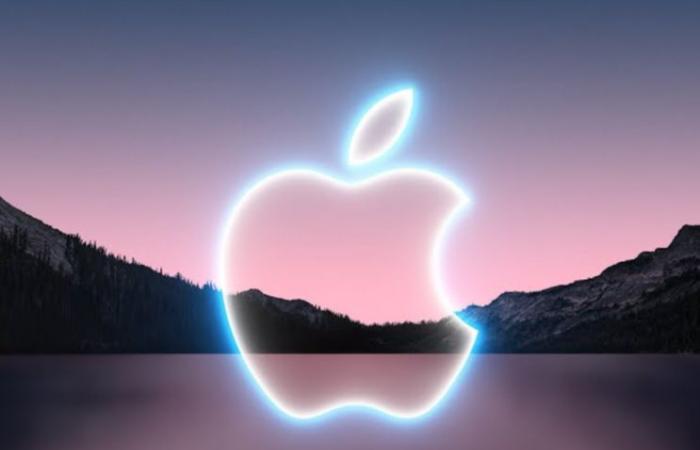The new iPad Pro with the M1 processor starts arriving to early adopters on Friday, and will be available in some stores (depending on available stock) starting on the same day. Before that happens, though, the reviews are now in for Apple’s newest iPad Pro refresh.
Apple made the decision to hike up the price of the new 12.9-inch iPad Pro by $100 right out of the gate, but for a good reason: the new mini-LED display. It’s not OLED, exactly, but it does offer up incredible contrast ratios, great power management, and blacks that are black. The new iPad Pro, both sizes, also comes with the M1 processor that Apple launched late last year in the MacBook Air and MacBook Pro.
The iPad Pro’s mini-LED display, which Apple calls Liquid Retina XDR, features more than 10,000 LEDs with 2,500 local dimming zones, allowing for much deeper blacks and higher contrast depending on the content that you’re viewing.
As you can see in the video up above, with a black background displayed, the 2020 iPad Pro is more of a dark gray with light bleed from the LEDs, while the M1 iPad Pro essentially has the mini-LEDs turned off thanks to local dimming, resulting in a much darker display that’s more of a true black.
The difference is easy to see with an all black background, but the increase in display quality is also noticeable in day to day usage, though the disparity between the two displays is not as stark.

The first thing I did, of course, was benchmark the M1 iPad Pro. My high-end review units from Apple, to be clear, have 1TB of storage and 16GB of RAM, while entry-level iPad Pro models only have 8GB of RAM. You need to pay for 1TB of storage or more to get that 16GB RAM option.
The gains in performance for single-core speed aren’t all that dramatic, but in multicore tests it leaps well above the 2020 iPad Pro, or the iPhone 12 — or any other tablet I can think of. In both Geekbench 5 and 3DMark Wildlife Extreme, it’s clear that the iPad Pro M1 processor (with an eight-core CPU and eight-core GPU) is basically the same as those other M1 Macs.
Watching HDR content is a much more immersive experience with the 2021 M1 iPad Pro, and it’s a much nicer tablet for editing HDR photos and videos. In fact, you’re going to see the most improvement with HDR content.

It’s worth noting that some users have complained of a blooming effect caused by the extreme brightness of LEDs. Apple says that the design of the iPad Pro is meant to minimize this, but there are situations where more blooming than expected is visible. Blooming is an unavoidable consequence of local dimming technology. When one zone is lit up and one zone is dimmed for a truer black, the light from the lit zone can bleed over.
Right now, blooming seems to vary somewhat from iPad Pro to iPad Pro, and it’s something that bothers some users more than others. It’s highly apparent in images and less extreme in person, but it is something to be aware of before making an iPad Pro purchase.
Did you get a new 12.9-inch iPad Pro? Let us know what you think about the Liquid Retina XDR display in the comments below.







Leave a Comment
Your email address will not be published. Required fields are marked *